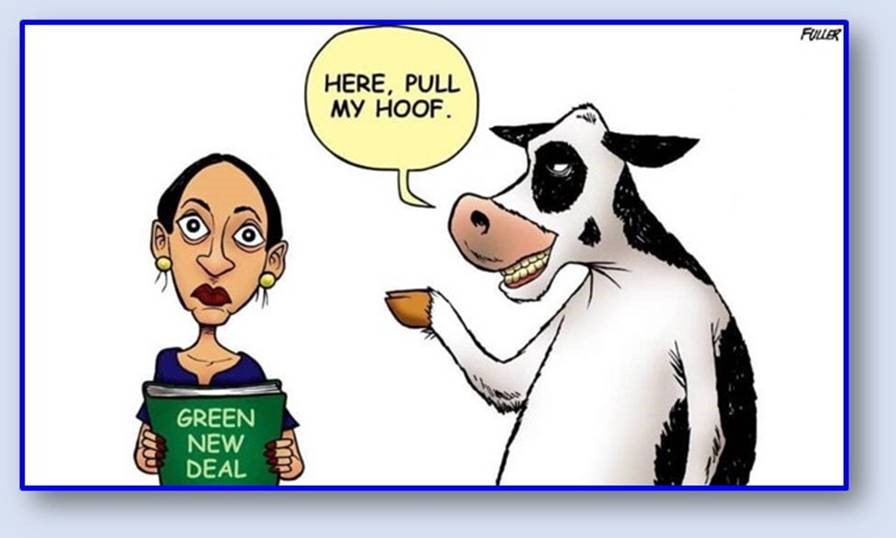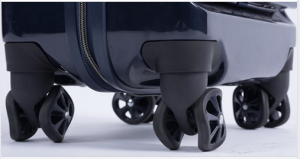 I have long criticized this name for advocacy organizations because it shows their intent: hopefully gore the ox of their “adversaries” in life. Compromise is not their intent, nor is a balanced discussion of any issue.
I have long criticized this name for advocacy organizations because it shows their intent: hopefully gore the ox of their “adversaries” in life. Compromise is not their intent, nor is a balanced discussion of any issue.
This is an excellent article in that it points out how things start out with noble intents and are endorsed by all until someone’s ox gets gored. We need to put down the stakes we are holding and discuss what is in the best interest of our nation and how we are going to pay for things.
Just because you make buggy whips doesn’t mean you should be against the internal combustion engine. At the time, it was the best alternative. Now, we are moving toward the electric motor … which by the way, was the first car power system.
Put down the stake … take a deep breath … and let’s talk this through.
 I pointed out that water might be the next critical infrastructure concern in a recent blog, especially in the West. Water is a largely hidden resource… not many people pay attention to groundwater availability until they run out of it. So, I get the disconnect.
I pointed out that water might be the next critical infrastructure concern in a recent blog, especially in the West. Water is a largely hidden resource… not many people pay attention to groundwater availability until they run out of it. So, I get the disconnect. Well, it was a bit refreshing to see the media beat up on some of the recent political nonsense about global warming. I have covered the issues around bovine flatulence before… methane is a very powerful greenhouse gas. Not sure whether these zealots will go after beans like the late former President Bush went after broccoli. It is pretty funny to see the political cartoonists all weigh in. Here is just one for your viewing pleasure:
Well, it was a bit refreshing to see the media beat up on some of the recent political nonsense about global warming. I have covered the issues around bovine flatulence before… methane is a very powerful greenhouse gas. Not sure whether these zealots will go after beans like the late former President Bush went after broccoli. It is pretty funny to see the political cartoonists all weigh in. Here is just one for your viewing pleasure: I was driving to work today and passed an oil change station. I don’t worry about oil changes any longer since I am driving an electric vehicle, but it reminded me of an energy audit I did for Quaker State oil decades ago. It was such a pleasant visit, helping them find energy efficiency opportunities and ways to improve plant throughput. But, as I sat at lunch with the plant manager the rest of the story emerged.
I was driving to work today and passed an oil change station. I don’t worry about oil changes any longer since I am driving an electric vehicle, but it reminded me of an energy audit I did for Quaker State oil decades ago. It was such a pleasant visit, helping them find energy efficiency opportunities and ways to improve plant throughput. But, as I sat at lunch with the plant manager the rest of the story emerged. Thank goodness I am not traveling like I used to. But if I were still a road warrior, this latest luggage invention would have gotten my attention. And, for those of you who are still on the road,
Thank goodness I am not traveling like I used to. But if I were still a road warrior, this latest luggage invention would have gotten my attention. And, for those of you who are still on the road,